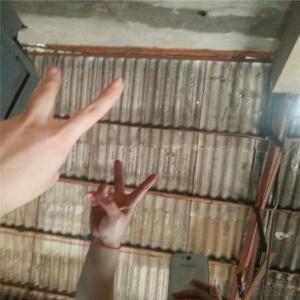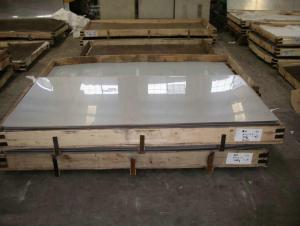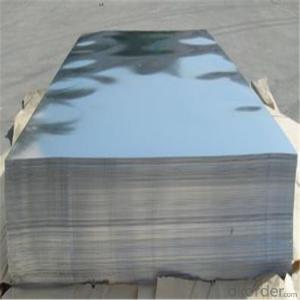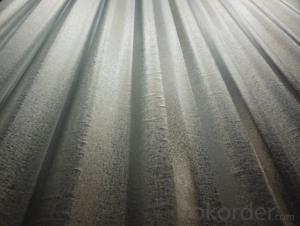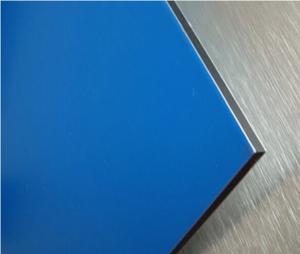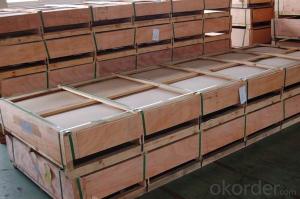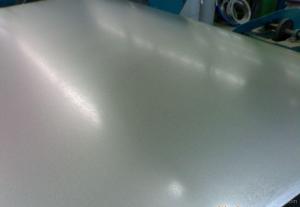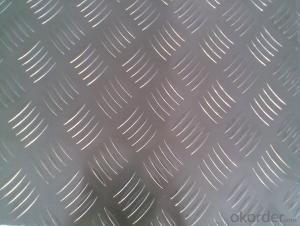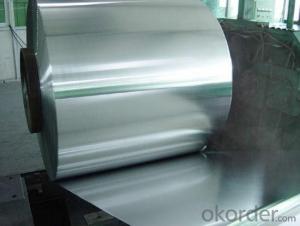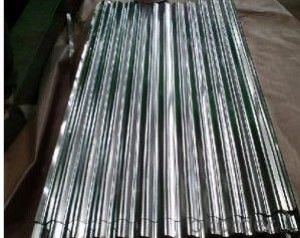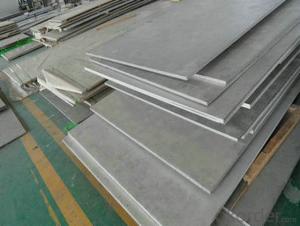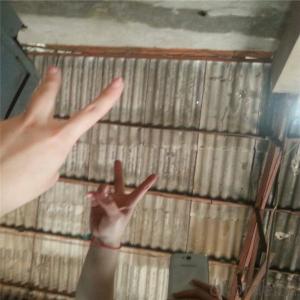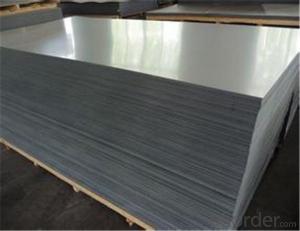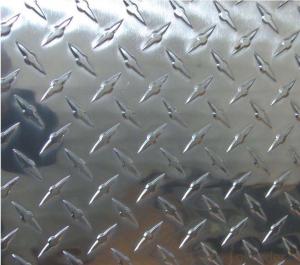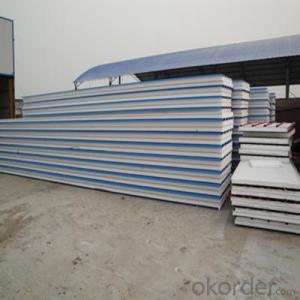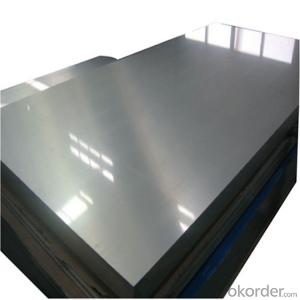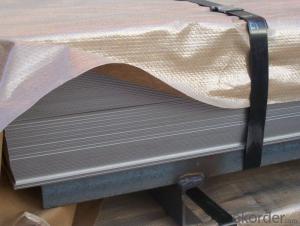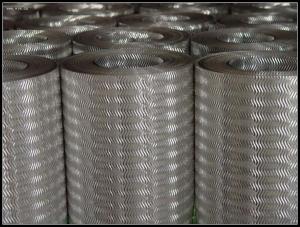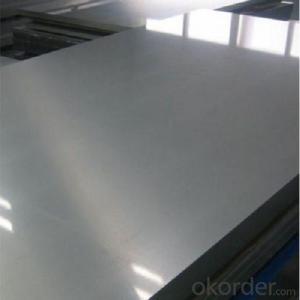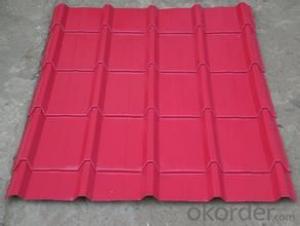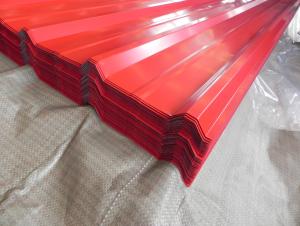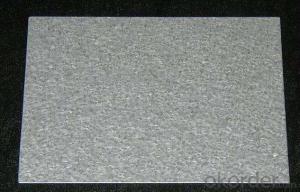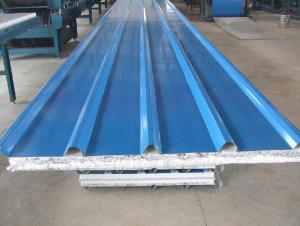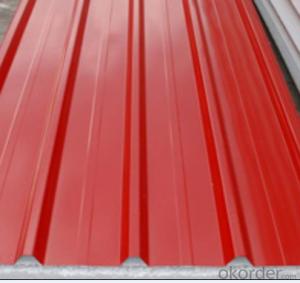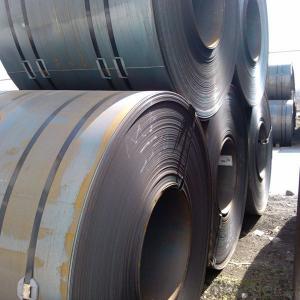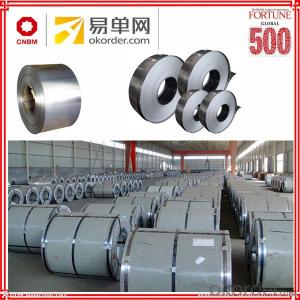Sheet Metal 4X8
Sheet Metal 4X8 Related Searches
Sheet Metal Sheets 4X8 4X8 Metal Sheets Galvanized Sheet Metal 4X8 4X8 Galvanized Sheet Metal 4X8 Sheet Aluminum 22 Gauge Sheet Metal 4X8 4x8 Stainless Steel Sheet Stainless Steel 4x8 Sheet 4x8 Sheet Of Stainless Steel Stainless Steel Sheets 4x8 Stainless Steel 4x8 Sheets Galvanized Steel Sheet 4x8 Plastic Sheets 4X8 4X8 Tin Sheets Hard Plastic Sheets 4X8 Plexiglass Sheets 4X8 4 X 8 Sheet Of Stainless Steel Clear Plastic Sheets 4X8 Polypropylene Sheets 4X8 4 X 8 Tin Sheets Diamond Plate Aluminum Sheets 4X8 4x8 Stainless Steel Sheet Price 4x8 Sheet Diamond Plate Aluminum 4X8 Styrofoam Sheets Sheet Metal Purchase 4x8 Sheet Aluminum Diamond Plate Aluminum Tread Plate Sheet 4x8 Aluminum Diamond Plate 4x8 Sheet Aluminum Plate 4x8 4 By 8 Plastic SheetsSheet Metal 4X8 Supplier & Manufacturer from China
Sheet Metal 4X8 is a versatile product that consists of metal sheets cut to specific dimensions, typically 4 feet by 8 feet. These metal sheets are widely used in various industries, including construction, automotive, and manufacturing, due to their durability and strength. They are commonly employed in applications such as roofing, siding, and custom fabrication projects. Sheet Metal 4X8 is also popular for creating custom parts and components, as it can be easily cut, bent, and shaped to fit specific requirements.The usage scenarios for Sheet Metal 4X8 are vast, ranging from residential and commercial construction to industrial applications. In construction, it is often used for roofing, wall cladding, and structural reinforcement. In the automotive industry, it can be found in the manufacturing of car bodies and parts. Additionally, Sheet Metal 4X8 is utilized in the creation of various household appliances, tools, and machinery. The product's adaptability makes it a go-to choice for professionals and DIY enthusiasts alike.
Okorder.com is a reputable wholesale supplier of Sheet Metal 4X8, offering a vast inventory to cater to the diverse needs of customers. With a commitment to quality and customer satisfaction, Okorder.com ensures that the Sheet Metal 4X8 products they provide meet industry standards and are available at competitive prices. This makes them a preferred choice for businesses and individuals seeking reliable and cost-effective solutions for their metal sheet requirements.
Hot Products






